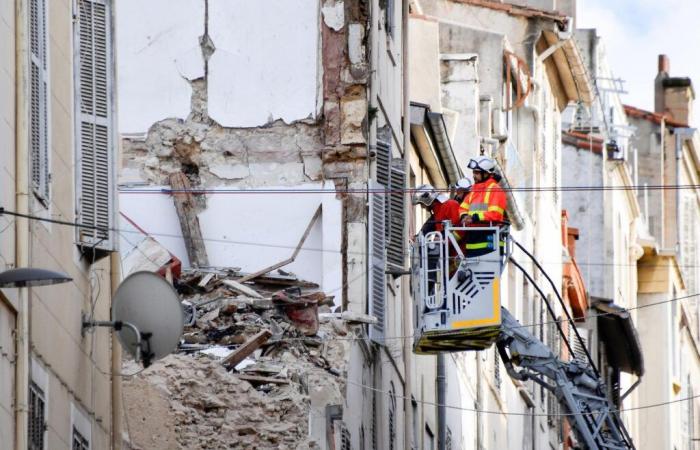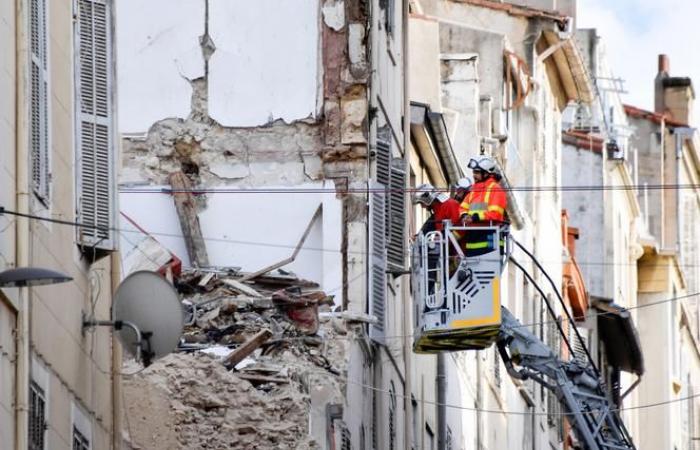“I was walking on the sidewalk in front of the building. After a loud cracking sound, I turned my head and saw it collapse. It was a downward vertical movement, as if it was collapsing from the inside. » This November 5, 2018, shortly after 9 a.m., a woman who passes rue d'Aubagne, in the heart of the Noailles district, in Marseille, to go to work is, according to the procedure, the most direct witness to the collapse of two buildings. Before being drowned in a thick fog of dust…
Read also | Article reserved for our subscribers Collapse of buildings on rue d'Aubagne: the eight lives cut short by number 65
Read later
The eight bodies of the occupants of 65, rue d'Aubagne will be removed from the rubble over the days. The adjoining building, number 63, which collapsed at the same time, was unoccupied, bought in 2017 by the municipality with the intention of one day opening a micro-crèche there. Six years later, the trial of the collapses on rue d'Aubagne opens, Thursday, November 7, before the criminal court which, for six weeks, will judge sixteen defendants – twelve individuals and four companies. “An extraordinary case, of great factual and legal complexity”according to Olivier Leurent, president of the judicial court.
At the end of a six-year investigation, the judges of the collective accidents center referred to court, for homicide and involuntary injuries, Julien Ruas, the deputy of Jean-Claude Gaudin, mayor (Les Républicains) of Marseille from 1995 to 2020, delegate for prevention and risk management since 2014; Richard Carta, the architect who carried out an appraisal of the building just nineteen days before its collapse; as well as two legal entities, the SARL Cabinet Liautard, trustee of the co-ownership of 65, rue d'Aubagne, and the municipal mixed economy company Marseille Habitat, owner of 63, rue d'Aubagne. Four professionals who “created or contributed to creating the situation (…), or have not taken measures to avoid the drama, according to the judges.
Chronicle of a predicted catastrophe
In the spring, the lawyers of the civil parties took the unusual initiative of calling twelve other defendants directly before the court, heard as witnesses by the investigating judges, but whom the latter had chosen not to implicate: some of the ten landlords of apartments in which their tenants died, as well as the manager of 65 on behalf of the trustee, and two executives from Marseille Habitat. These direct summons before the court target the same offenses of homicide and involuntary injury retained by the investigating judges, but add those of “subjection of vulnerable people to unworthy living conditions” and endangerment.
You have 66.98% of this article left to read. The rest is reserved for subscribers.







